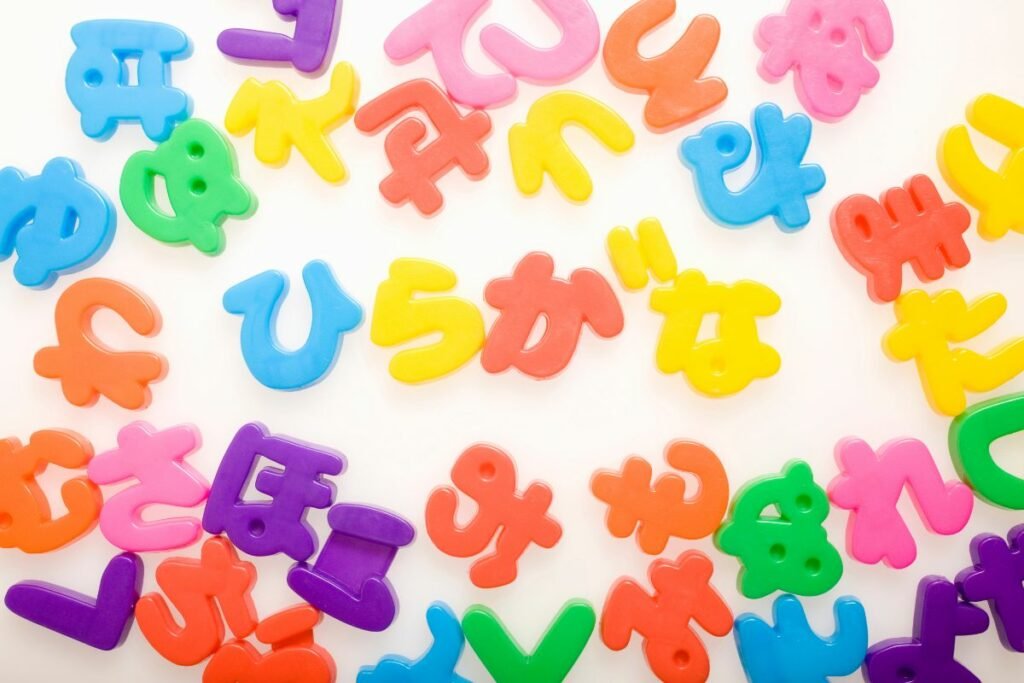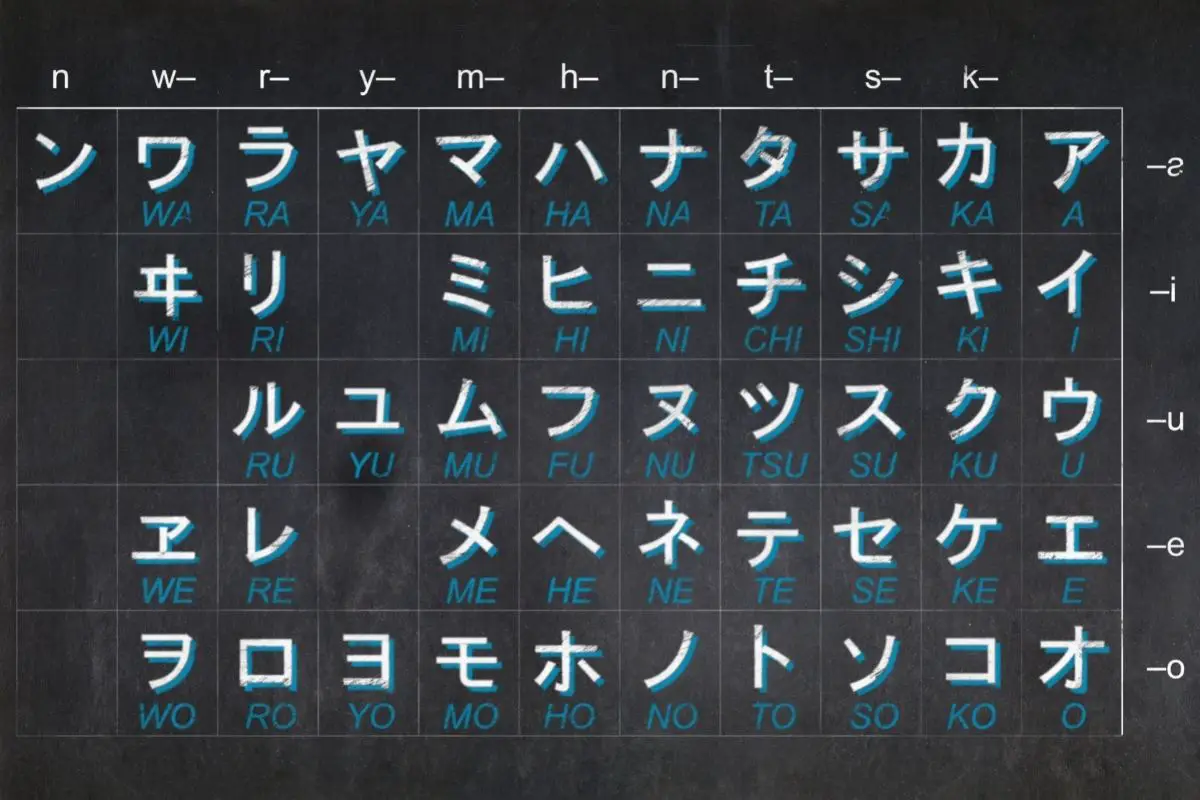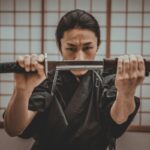One of the most challenging parts about learning to read Japanese is the three different alphabet systems.
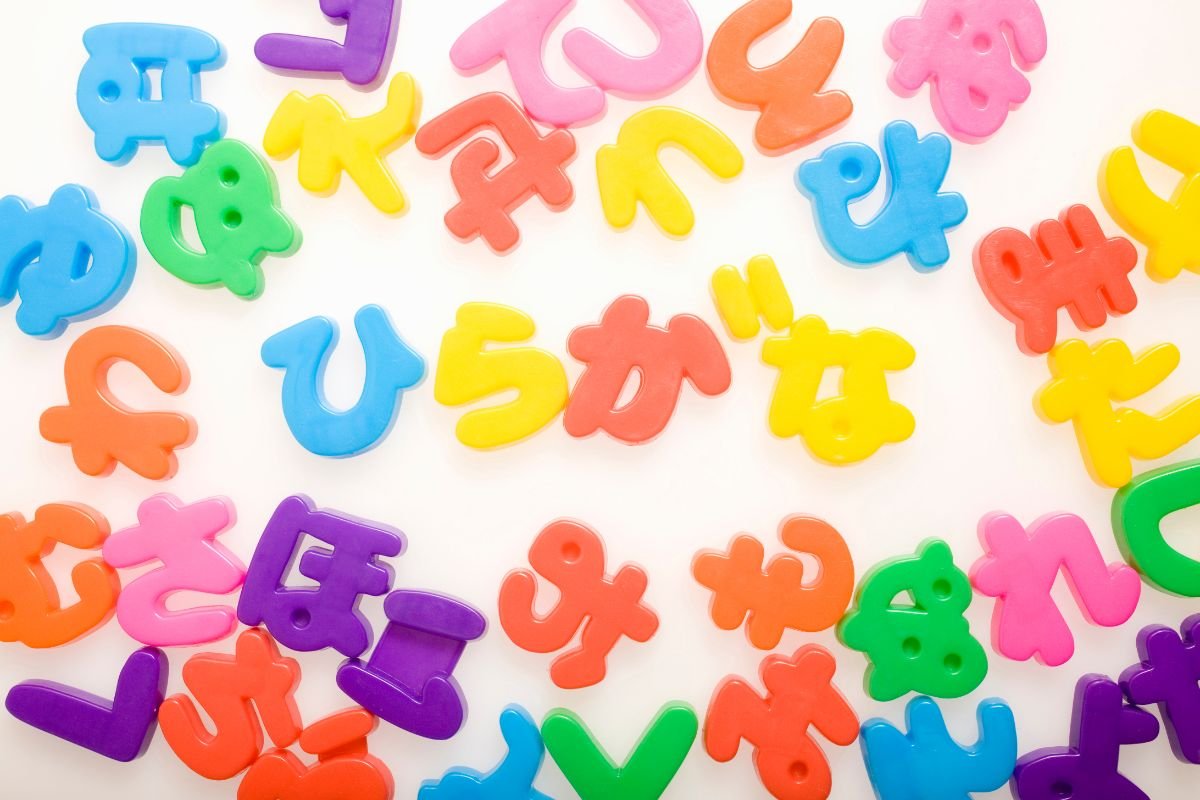
Many people are familiar with kanji, but there are two more: hiragana and katakana. Kanji all have a specific meaning, while hiragana and katakana are all separate sounds and syllables.
Unfortunately, this is also where it gets complicated. In this article, we’ll be exploring the similarities and differences between hiragana and katakana.
What Is Hiragana?
Hiragana consists of 46 letters in the alphabet, and they are best used to describe words that are originally from Japan.
This means native Japanese names are written in hiragana, as are many adjectives, foods, places, nouns, and verbs. If anything or anyone originated from Japan, their names are likely to be written in hiragana.
That’s why so many children learn this alphabet first.
What Is Katakana?
Katakana has 45 letters in the alphabet. The katakana alphabet is mostly used to write words in different languages. If a food, name, or another country is written down, they would likely be written using katakana.
Notably, you’ll also find some linguistic techniques, like onomatopoeia, being used through katakana.
If there is a banging noise written in a manga, it’s likely to be written in katakana. Curiously, the same can also be said if the sounds animals make are written down.
Similarities Between Hiragana And Katakana
What makes hiragana and katakana so confusing is that they share the same sounds. There are over 40 characters in each alphabet system, but many of them sound the same. In fact, some of the characters look the same too.
That is why when talking about pronunciation of hiragana and katakana, they can be referred to as kana, which is the general term for these two alphabets.
Both hiragana and katakana may look similar due to deriving from the same Chinese character.
When you’re beginning, you may need to rely more on romaji, which is the romanization of Japanese writing, as they will show how to pronounce different words.
Of course, romaji is more significant for beginners, but learning the different kana is vital to learning the language.
Differences Between Hiragana And Katakana
Now that we understand the similarities of the two kana, it’s time to delve deeper into how they differ. If you look at hiragana and katakana, you may notice a few key differences in where and when they’re used, and even how they appear.
One of the best ways to consider it is that if you see a loan word, it’s likely to be written in katakana.
The Shape Of Hiragana And Katakana
While there may be some kana that are written similarly, there’s a key difference to them. Hiragana looks more closely related to cursive letters, while katakana is more blocky.
Katakana is based on the regular script of Chinese characters. However hiragana originates from the entire kanji, as kanji was also written in cursive.
Loan Words And Native Words
Earlier we mentioned how hiragana and katakana are used when we’re writing. Hiragana is best used for native Japanese words, but katakana is best used for loan words from other languages.
So, you’ll find that hiragana is used to write and form words with kanji, and may even replace kanji when it appears too formal. However, when looking at scientific terms, names for animals, business names and foods, they are more likely written in katakana.
Phonetic VS Grammatical Notations
If you’re writing and using function words, we would most likely find them written in hiragana. When you’re ever writing in a formal setting, then hiragana is the expected alphabet system.
For essays and literary works, it’s likely that they will be written in hiragana as they are better used for grammar.
Katakana Is More Stylistic
You will most likely find katakana used for stylistic purposes or for emphasizing a literal word. For example, if you are referring to a business, it’s likely their business would be written in katakana in place of hiragana to emphasize that it is a business.
Masculine VS Feminine
Historically, hiragana used to be considered as a more feminine form of writing due to its cursive script. Meanwhile, katakana and kanji were considered more masculine, and were also used by men more often in ancient times.
While hiragana is still seen by some as a more feminine script, katakana and kanji aren’t considered any more masculine than they were in the past.
Learning Hiragana And Katakana
If you’re learning to write kana, you need to learn both hiragana and katakana. While katakana can be easier to pronounce, hiragana is easier to learn how to write. Due to how easy it is to learn to write, it is taught in elementary schools with children taught how to write at a young age.
Katakana is considerably more difficult to write and memorize.
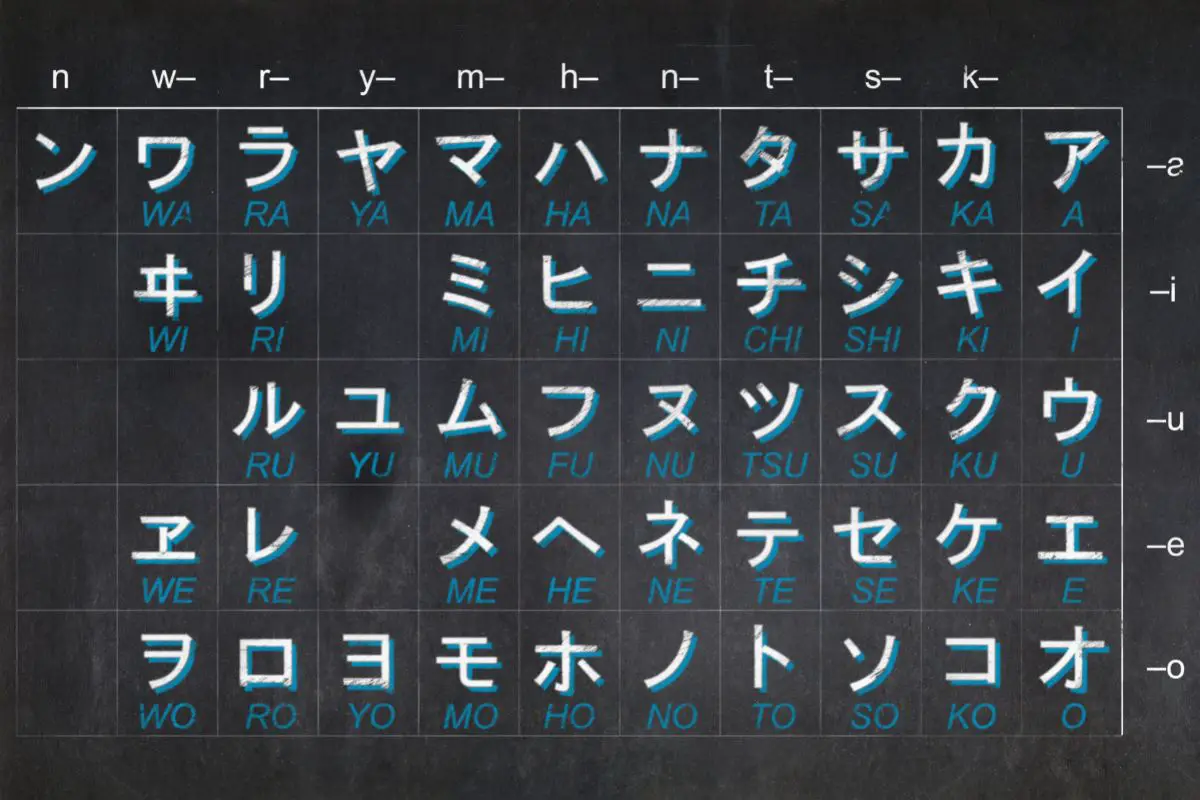
When traveling around Japan, it’s best to know how to read both kana. Most restaurants and stores have menus and signs written in katakana. If you’re reading, you’ll find that hiragana is a more commonly used font.
Hiragana is generally more commonly used as the standard font, while you may notice katakana isn’t used for long stretches. If you look at business signs, such as for UNIQLO, you’ll find that their sign is written in katakana.
So, if you’re learning how to write, hiragana has more material to learn from as many children’s books are written with it.
Katakana may confuse you because it looks similar, but with enough practice, you should be able to learn and master both forms of kana.
Final Thoughts
Learning Japanese can be a daunting task as there are so many different ways to write. If you’re struggling with hiragana, you could learn katakana first or vice versa. There is no set rule of learning which kana first as everyone learns at different speeds.
Don’t worry if you struggle with kana at first because there are so many different characters and symbols to memorize.

